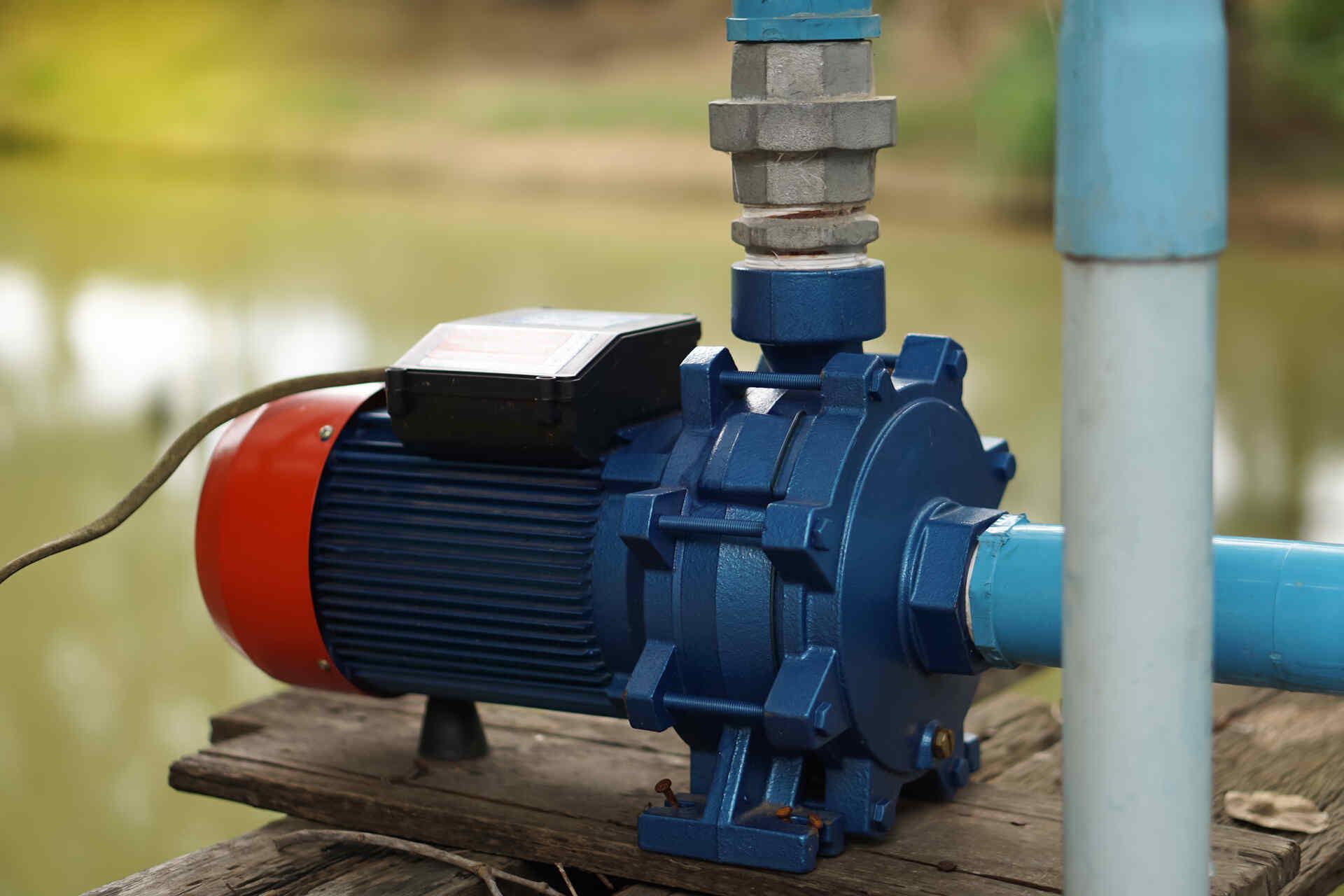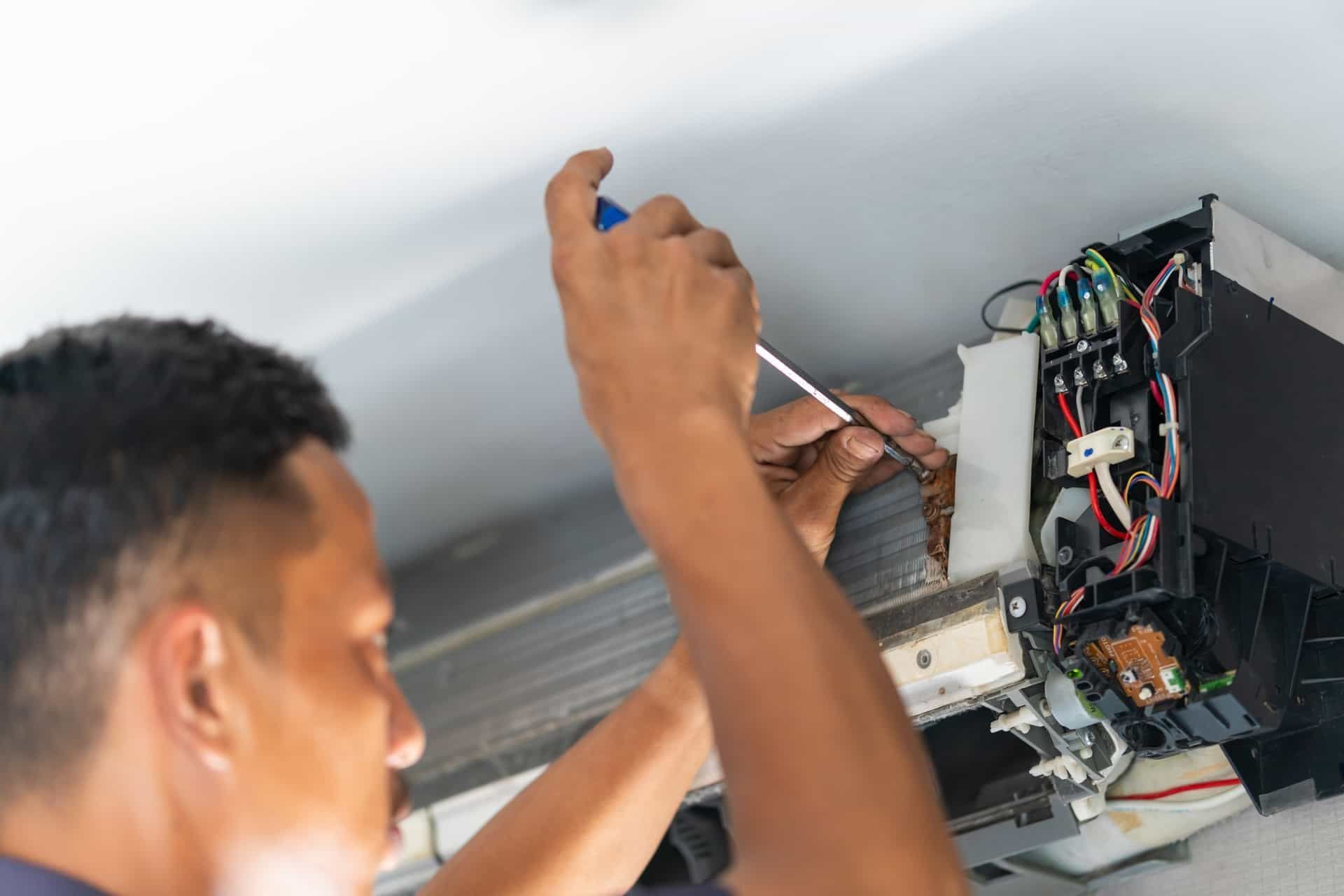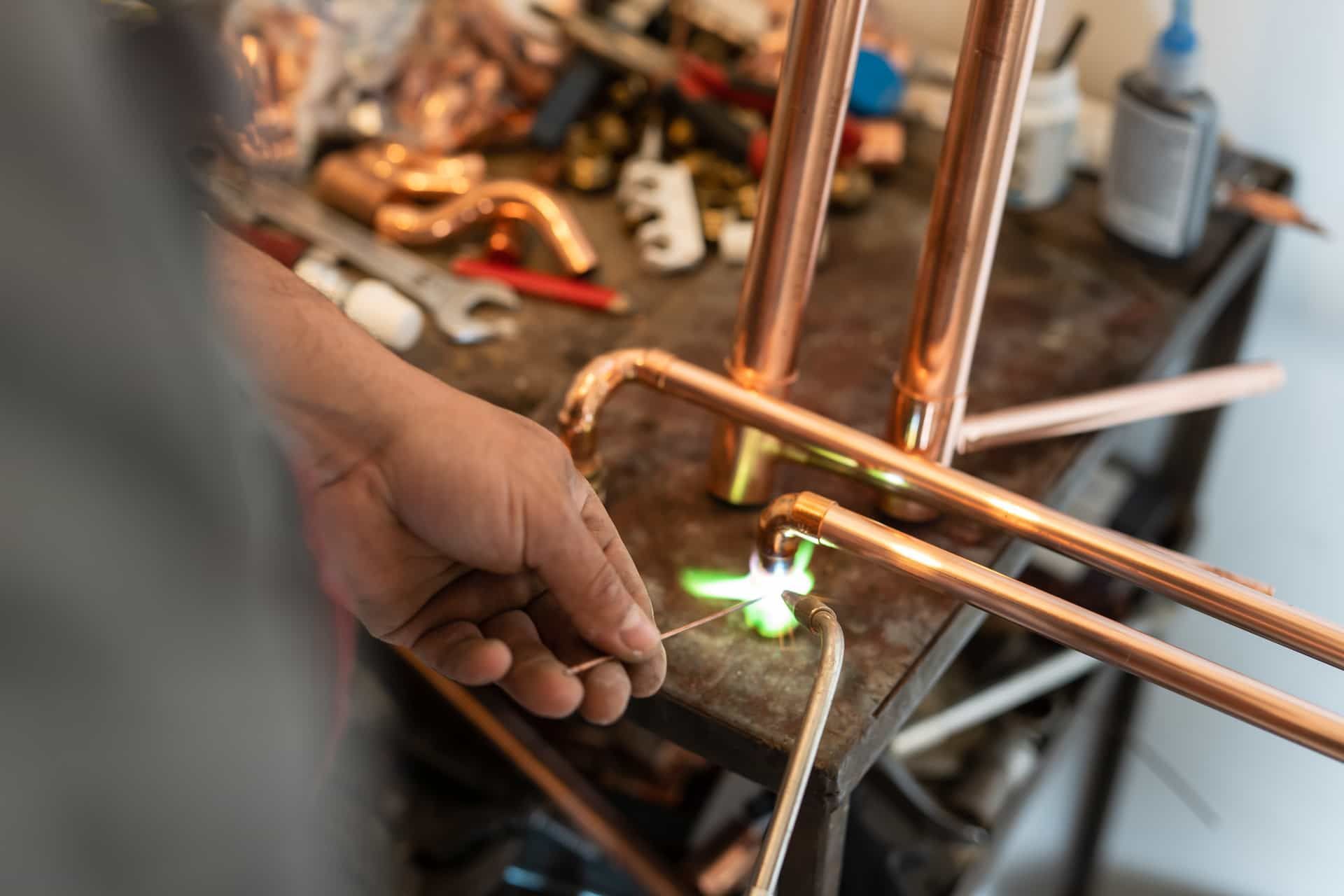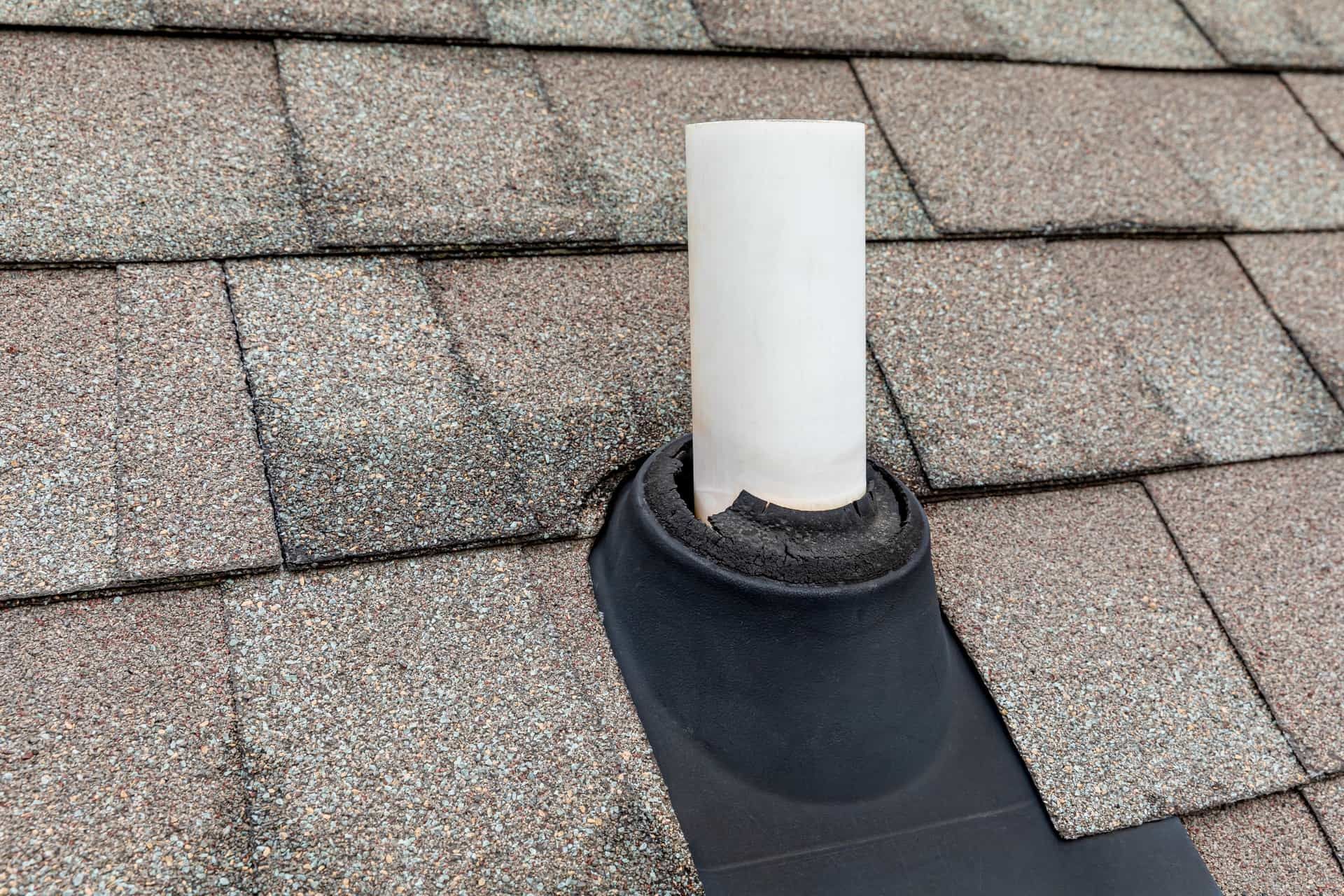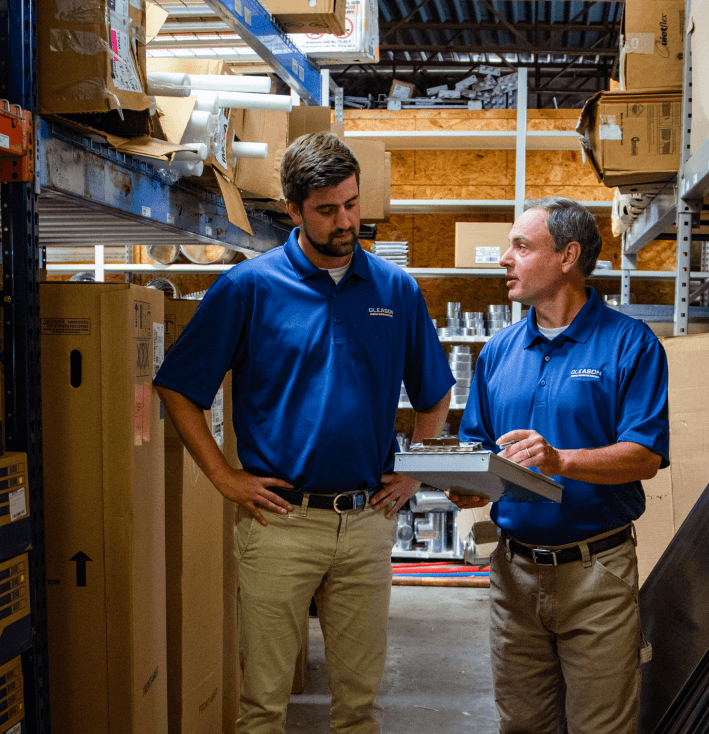Articles
HVAC Contractor Tips and Articles For Your Home
Understanding Indoor Air Quality and How to Improve It
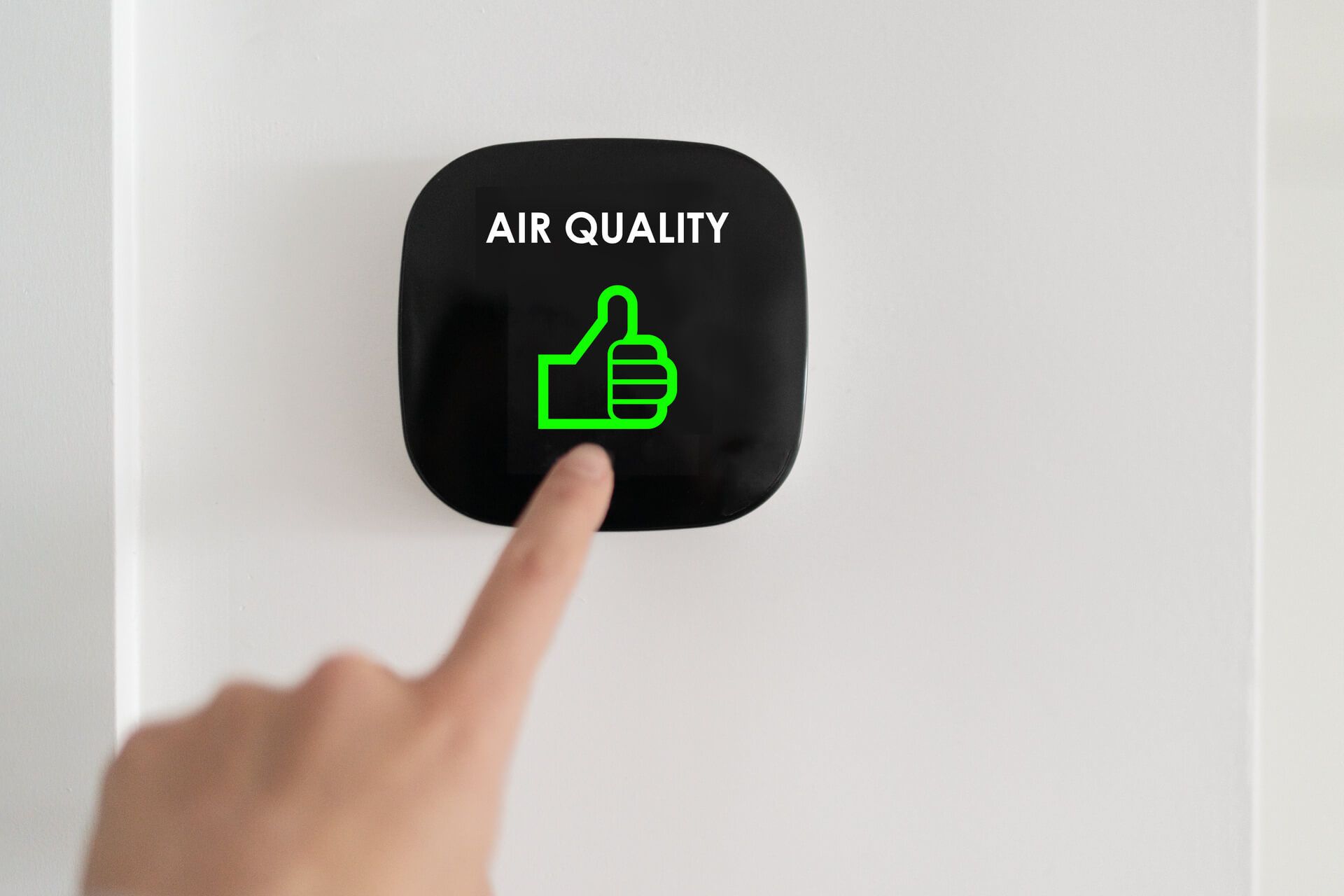
Indoor air quality (IAQ) is crucial in maintaining a healthy living space, yet it is often overlooked. Poor IAQ can result in health issues ranging from allergies to severe respiratory conditions. According to the Environmental Protection Agency (EPA), since people spend 90% of their time indoors, ensuring that the air we breathe is clean and free of pollutants is vital.
This article will discuss the significance of indoor air quality, the pollutants that can impact it negatively, and effective methods to enhance indoor air quality.
The Importance of Indoor Air Quality
1. Health Effects of Poor Indoor Air Quality
The quality of air greatly influences health. Inadequate IAQ can cause symptoms like eye irritation, nose and throat, headaches, dizziness, and fatigue.
Prolonged exposure to contaminated air can lead to severe health conditions such as respiratory ailments, heart issues, and even cancer. Specific groups like children, seniors, and individuals with existing health problems are especially susceptible to the effects of indoor air quality.
2. Financial Consequences
Apart from health concerns, subpar IAQ can also have financial repercussions. Poor air quality can result in healthcare expenses and reduced work efficiency due to sickness. Additionally, ensuring good indoor air quality in a house can boost its worth, making it an intelligent investment for homeowners.
Common Indoor Air Pollutants
Recognizing the origins of air pollution is crucial for enhancing air quality. Here are some typical pollutants commonly found indoors:
1. Particulate Matter (PM)
Particulate matter comprises particles that can be breathed in and lead to health problems. Sources of PM include cigarette smoke, cooking fumes, and burning candles. External sources such as dust and vehicle emissions can also seep into the environment.
2. Volatile Organic Compounds (VOCs)
VOCs are substances that vaporize into the air from items like paints, cleaning agents, and construction materials. Extended exposure to VOCs may result in issues and other health concerns.
3. Biological Contaminants
Biological contaminants encompass mold, bacteria, and allergens from pets, dust mites, and pollen. These elements can trigger responses and worsen conditions such as asthma.
4. Carbon Monoxide (CO)
CO is an odorless gas that can be fatal at high levels. It is generated by fuel-burning devices like stoves and heaters. CO detectors are essential for monitoring and averting CO accumulation.
5. Radon
Radon is a gas that can seep into homes through cracks in the foundation. It ranks as the common cause of lung cancer in the United States, highlighting the importance of testing for radon and taking steps to mitigate its presence.
Ways to Enhance Indoor Air Quality
Enhancing
indoor air quality involves identifying and addressing sources of pollution while ensuring ventilation and air purification. Below are some strategies to improve air quality within your home:
1. Regular Ventilation
Maintaining ventilation is essential for preserving good indoor air quality. This helps dilute and eliminate pollutants by bringing in outdoor air. You can enhance ventilation by:
- Opening Windows: Allowing fresh air to flow through can significantly boost air quality.
- Using Exhaust Fans: Installing exhaust fans in kitchens and bathrooms removes moisture and pollutants.
- Mechanical Ventilation Systems: Considering HVAC systems with integrated ventilation can ensure air supply.
2. Air Purification
Air purifiers play a crucial role in eliminating pollutants from the atmosphere. Here are factors to consider when selecting an air purifier:
- HEPA Filters: High-efficiency particulate air (HEPA) filters can trap particles as small as 0.3 microns, such as dust, pollen, and pet dander.
- Activated Carbon Filters: These filters effectively eliminate gasses and odors from the air.
- UV Germicidal Irradiation: Certain air purifiers utilize UV light to eliminate bacteria and viruses, offering protection.
3. Regulating Humidity
Maintaining the humidity levels (30% to 50%) is crucial for preventing mold growth and minimizing dust mites and allergens. You can manage Humidity by:
- Utilizing Dehumidifiers: Dehumidifiers can assist in maintaining humidity levels in moist areas like basements.
- Ensuring Ventilation: Ensure ventilation in areas prone to moisture, such as bathrooms and kitchens.
- Fixing Leaks: Address leaks in your home to avoid excess moisture accumulation and mold development.
4. Reducing Chemical Contaminants
Reducing the usage of products that release VOCs can significantly enhance air quality. Here are some suggestions:
- Opt for Low VOC Products: Choose paints, cleaning supplies, and construction materials labeled as low VOC or VOC-free.
- Properly Store Chemicals: Keep household chemicals in ventilated spaces away from living areas.
- Limit Air Freshener Usage: Many air fresheners contain chemicals that can negatively impact air quality.
5. Maintaining Cleanliness
Cleaning your home is essential for minimizing dust allergens and other pollutants. Here are some everyday cleaning routines to follow:
- Vacuuming with HEPA Filters: Make sure to use a vacuum equipped with a HEPA filter to capture dust and allergens effectively.
- Dusting Surfaces: It's important to dust surfaces regularly. Use cloths to prevent dust from spreading into the air.
- Washing Bedding: Regularly wash curtains and other fabrics to reduce allergens in your home.
6. Maintaining HVAC Systems
Your heating, ventilation, and air conditioning (HVAC) system is crucial in maintaining indoor air quality. Regular maintenance is crucial for its operation. To keep your HVAC system running smoothly:
- Change Filters Regularly: Replace HVAC filters every 1 to 3 months for capture.
- Schedule Annual Inspections: Have a trusted technician inspect your system yearly to address any issues promptly.
- Clean Ducts Periodically: Ensure ducts are cleaned occasionally to remove dust and debris that can circulate throughout your home.
7. Testing for Radon
Radon poses a health threat that requires testing for detection. Radon testing kits are easily accessible and can identify any risks. Professional mitigation services can help reduce exposure if high radon levels are found.
8. Using Indoor Plants
Certain indoor plants can enhance air quality by absorbing pollutants and releasing oxygen. Like spider plants, peace lilies and snake plants are famous for their ability to purify the air. However, it's crucial to understand that plants can add to air quality improvement methods.
Conclusion
Recognizing and enhancing indoor air quality ensures a pleasant living space. By being mindful of pollutants and implementing effective strategies, you can significantly improve the air quality in your home.
Regularly ventilating, purifying the air, and maintaining HVAC systems are key components for better indoor air. Moreover, reducing chemical pollutants, keeping things clean, and maintaining proper humidity levels are steps toward achieving optimal indoor air quality.
If you need assistance enhancing your home's air quality, consider contacting Gleason Heating and Air Conditioning, Karl Ct, Wauconda, IL. Our technicians are committed to helping you establish a more comfortable living environment through expert HVAC maintenance and indoor air quality solutions.
Disclaimer: The information on this website and blog is for general informational purposes only and is not professional advice. We make no guarantees of accuracy or completeness. We disclaim all liability for errors, omissions, or reliance on this content. Always consult a qualified professional for specific guidance.

